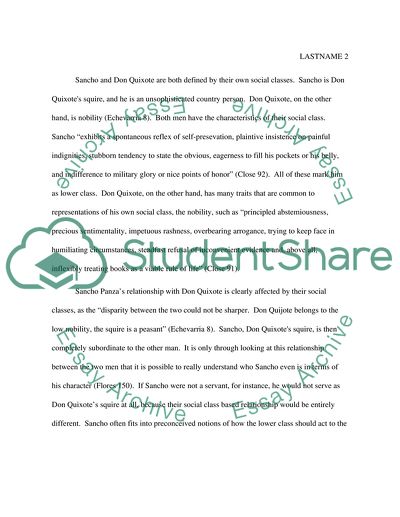Cite this document
(“Sancho Panza and Social Class in Relationships Research Paper”, n.d.)
Sancho Panza and Social Class in Relationships Research Paper. Retrieved from https://studentshare.org/literature/1745023-don-quixote-how-is-social-class-a-factor-in-relationships-between-characters
Sancho Panza and Social Class in Relationships Research Paper. Retrieved from https://studentshare.org/literature/1745023-don-quixote-how-is-social-class-a-factor-in-relationships-between-characters
(Sancho Panza and Social Class in Relationships Research Paper)
Sancho Panza and Social Class in Relationships Research Paper. https://studentshare.org/literature/1745023-don-quixote-how-is-social-class-a-factor-in-relationships-between-characters.
Sancho Panza and Social Class in Relationships Research Paper. https://studentshare.org/literature/1745023-don-quixote-how-is-social-class-a-factor-in-relationships-between-characters.
“Sancho Panza and Social Class in Relationships Research Paper”, n.d. https://studentshare.org/literature/1745023-don-quixote-how-is-social-class-a-factor-in-relationships-between-characters.


